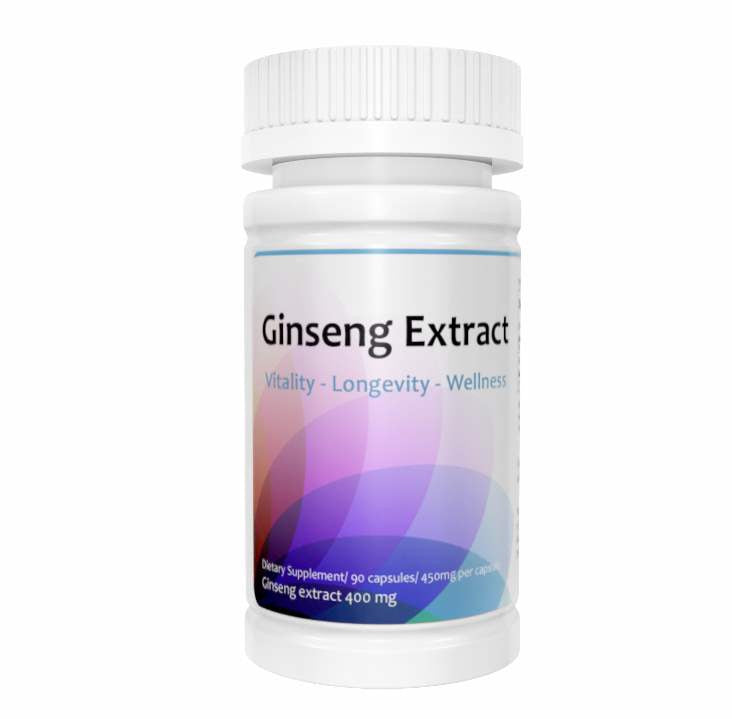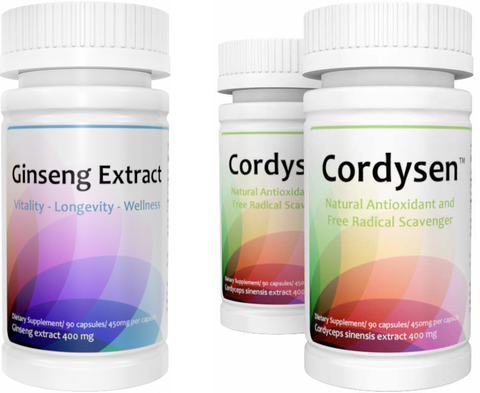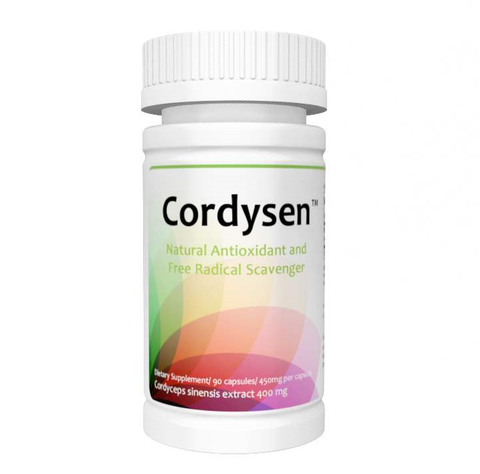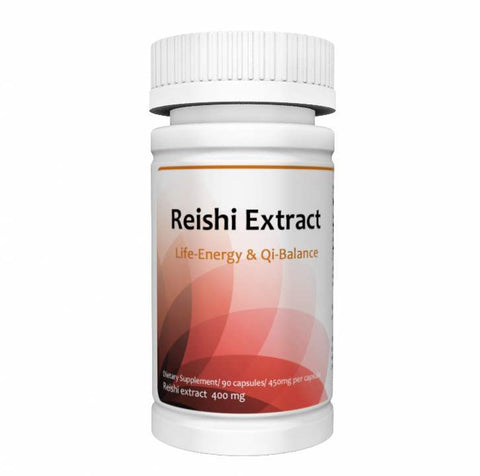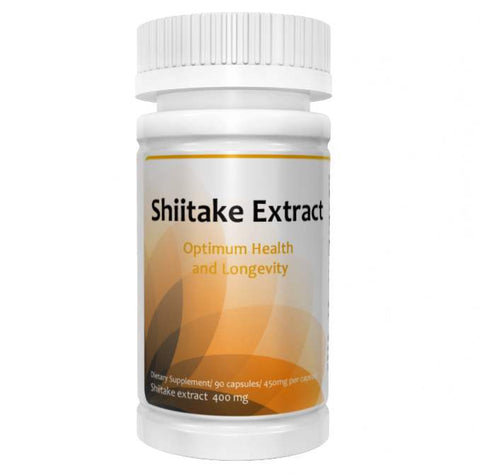Organic Ginseng Extract
$46.50 $53.95
English name: (Oriental) ginseng
Botanical name: Panax ginseng C.A. Mey.
Pharmaceutical name: Ginseng radix
Part used: dried root
Family: Araliacae
Panax ginseng is a perennial herb, up to 60 cm tall, with a single unbranched stem bearing a whorl of 3-5-palmate leaves at the top, each with 5 leaflets that have finely serrated margins. The flower head sits on a long stalk, which grows out of the leaf whorl, and develops into bright-red berries. Native to Eastern Asia and cultivated in China, Japan, and Korea. Wild ginseng is listed as an endangered species and cultivated ginseng is of varying quality.
Symptoms
Fatigue, diarrhea, coughing, poor appetite, excessive perspiration, palpitations, shortness of breath, diabetes
Actions
Adaptogenic, Thymoleptic, Stimulant, Tonic, Hypoglycaemic, Immunostimulant, Hepatoprotective, Cardioprotective, Antiarrhythmic.
Medicinal Uses
- Short-term use to cope with increased tiredness or stress or where increased mental or physical performance is required;
- To aid recovery from disease or surgery. To minimize the side effects of chemotherapy or radiation;
- Angina, heart attacks and cardiac arrhythmias;
- To improve resistance to infection;
- Menopause;
- Impotence and poor sperm function;
- Anti-inflammatory due to its effect on endogenous glucocorticoids (combine with Licorice);
- Long-term use for the elderly and infirm as a tonic (lower doses);
- May be useful for diabetes, alcoholism, drug abuse, depression, mental disorders, asthma and cancer.
Research
Ginseng can stimulate the central nervous system, speed up nerve impulses, and maintain balance in the cerebral cortex. When administered in a small dosage, ginseng can contract the heart like a cardiac glycoside or cause blood pressure to rise slightly. It can also lower blood sugar and regulate cholesterol metabolism, which is why ginseng is effective for the treatment of diabetes and for lowering the level of blood cholesterol. In addition, ginseng can also increase the ability of macrophages to ingest and destroy microorganisms, which means it can increase the level of the body's immune functions.
Contraindications
Pregnancy, Lactation, Acute asthma, hypertension, acute infections.
Suggested Use: One capsule daily, with food, or as directed by your health care professional or pharmacist.
Customer Reviews
More Items to Consider
- Increases energy levels
- Lowers blood pressure
- Helps regulate cholesterol level
- Helps regulate blood sugar level
- Improves physical performance
- Strong antioxidant
- Strengthen immune system
- Prolongs life span
- Prevents respiratory tract infections
- Strong antioxidant
- Regulates blood pressure
- Lowers cholesterol level
- Strengthen immune system
- Regulates blood pressure
- Lowers cholesterol level
- Prevents cardiovascular diseases
- Antitumor properties
- Prolongs longevity


